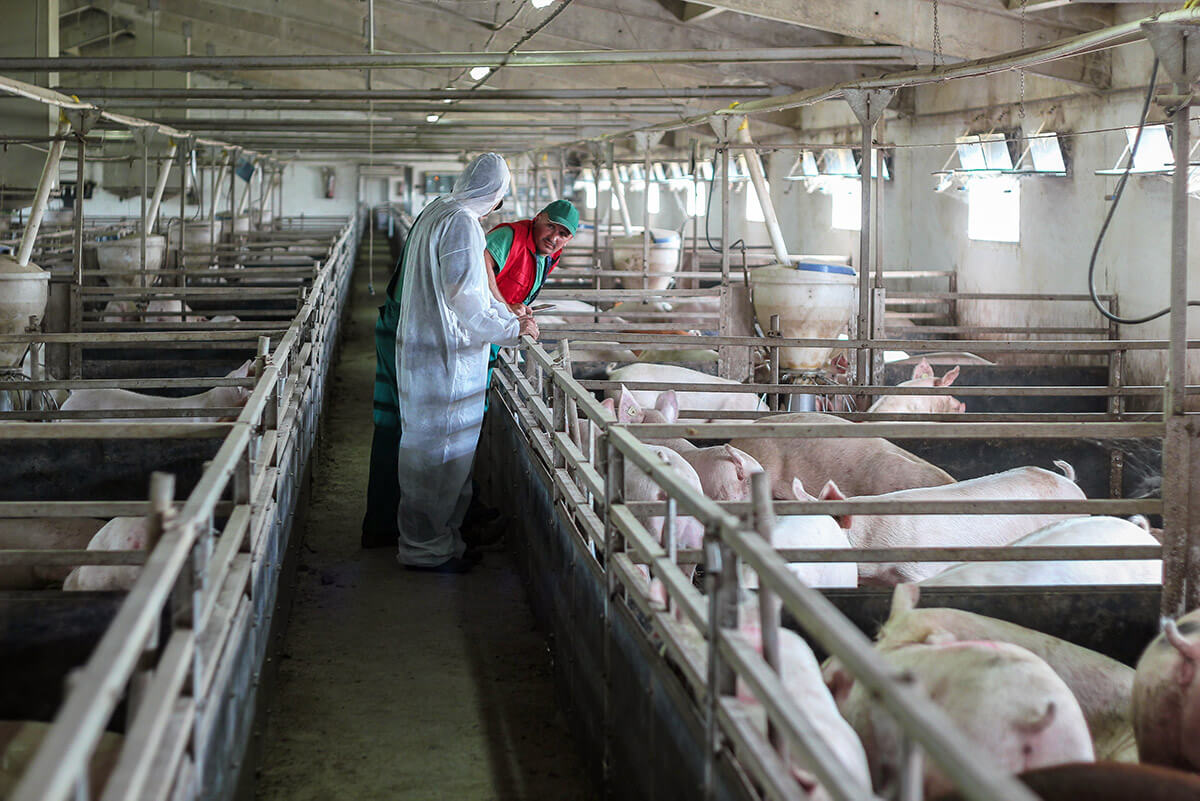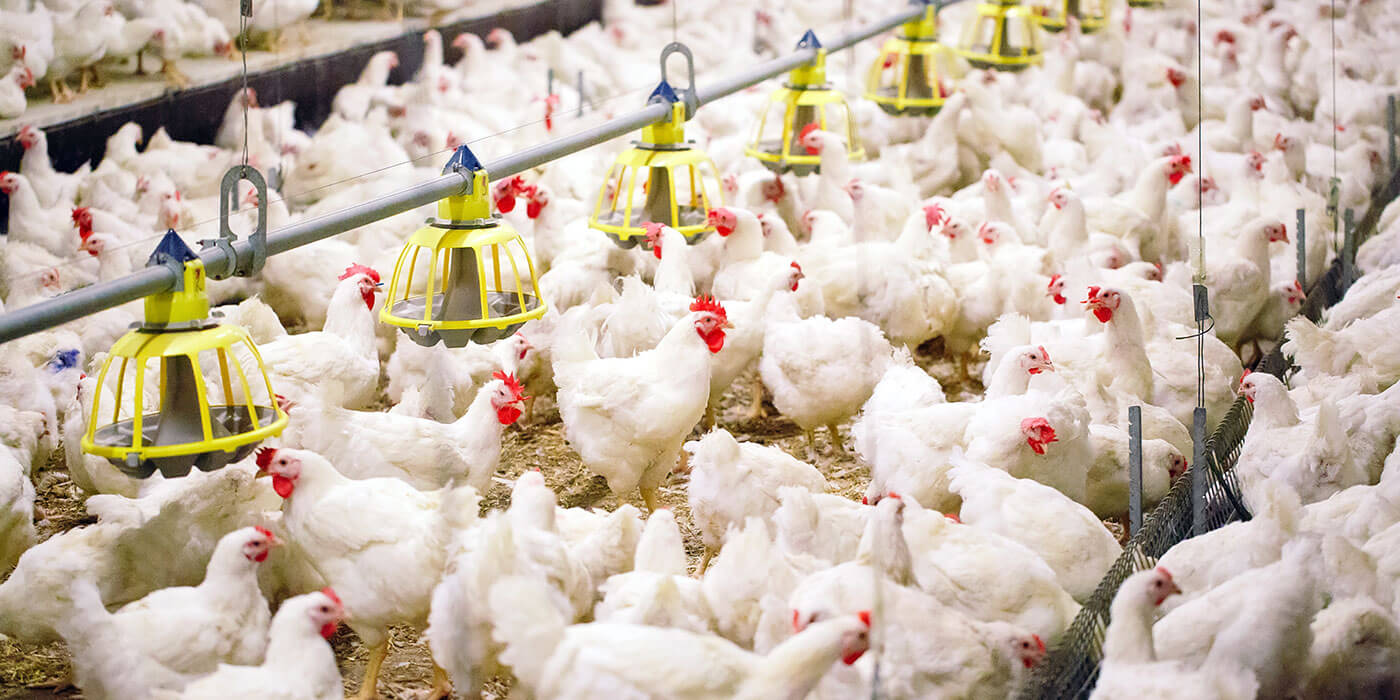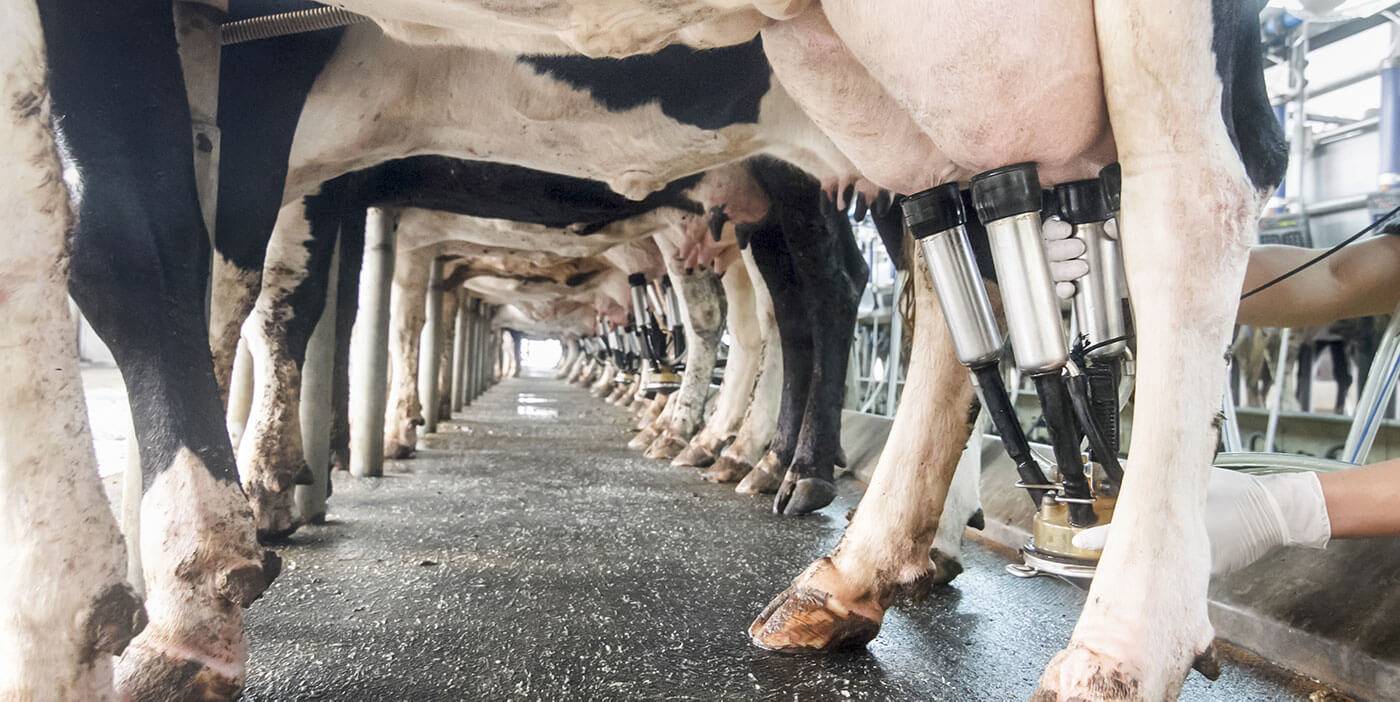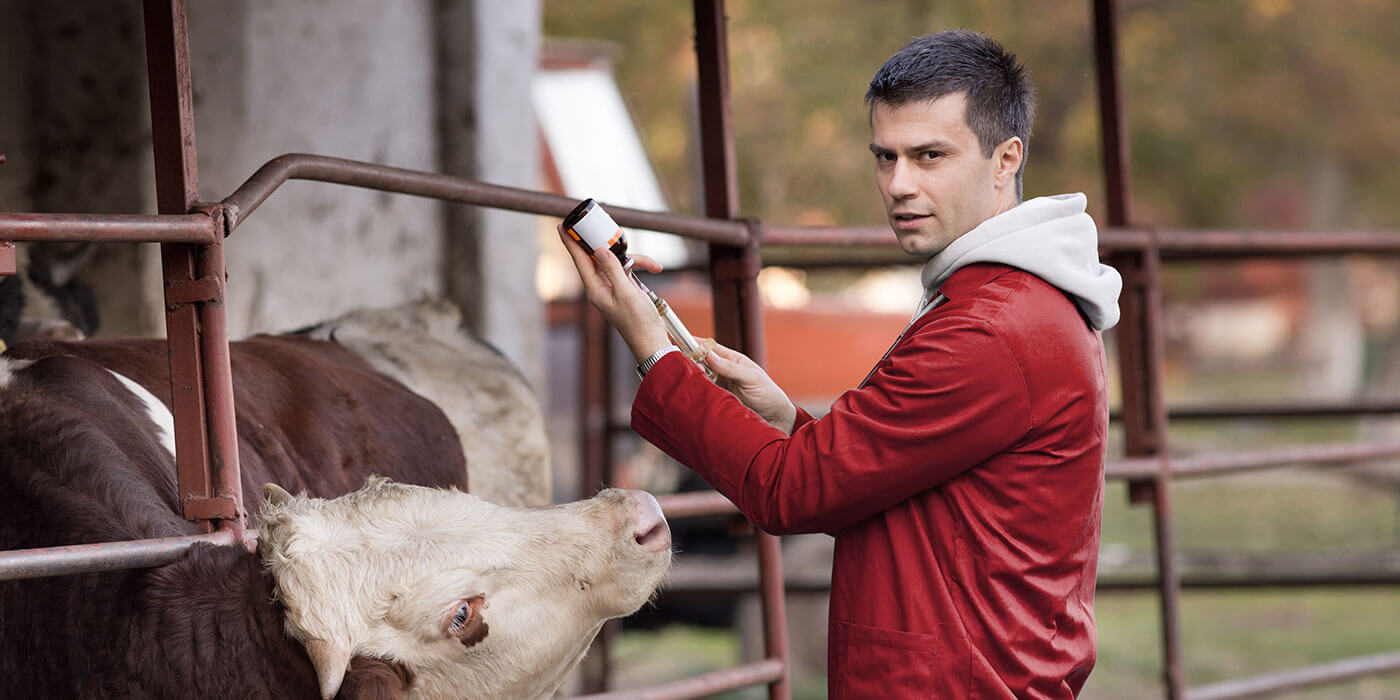Section 2 | Reading Livestock Medicines Labels
Page 12 /
Accidental Treatments
Unfortunately, despite best efforts, sometimes animals unintentionally get treated with a medication, which could cause residues in their food products. Here are some of the most common methods of getting a positive test for drug residues as a result of accidental treatment:
)
1. In-Feed Medication
Sometimes, there are errors made in the preparation and/or delivery of in-feed medication. Errors could occur on the farm or at the feed mill. Some examples of this are:
- Unintentional substitution of medicated premix instead of unmedicated premix when preparing feed
- Addition of too much medicated premix to the feed
- Insufficient mixing that allows part of the mix to contain much higher levels of the drug than the rest of the feed
- Improper cleanout of mixing equipment
- Storing medicated feed in the wrong bin or feed cart and feeding it to the wrong animals
- If the medicated feed remains in the mixer, the next feed mixed may become contaminated
- For example, ¼ of an ounce of concentrated sulfamethazine powder can contaminate a tonne of feed and cause violative residues in market hogs
Preventing These Errors
- If mixing your own feed, create a written protocol for the sequence of mixing feed ingredients and stick to it. Your veterinarian and nutritionist can work together to help you write the protocol
- Identify mixed, medicated feed in storage bins or feed carts with the drug name and concentration, as well as the type of animal it is intended for (e.g. calves, lactating animals, dry cows)
- Store all medications in a designated area so that they cannot be added to the feed by mistake
- For improper clean-outs (proper feed “sequencing”):
- Flush the mixing and delivery system before preparing feed for animals that are intended for slaughter within 30 days
- After mixing medicated feed that has a withdrawal time, prepare unmedicated feed for animals not intended for slaughter (e.g. dry sows, pregnant beef cows) before mixing diets for animals that will be marketed soon
)
2. In-Water Treatments
There are two important considerations here:
- Animals may accidentally receive medication through drinking water if careful attention is not paid to setting the valves on the water lines correctly to ensure that only pens targeted for treatment receive a medication
- Failure to flush lines after treatment can also result in medication being delivered to pens not intended for treatment
Preventing These Errors
Strict attention to automatic medications will prevent accidents that result in unintentional contamination with drug residues.
)
3. Injectable or Intramammary Preparations
There are several situations that could lead to drug residues caused by accidental treatment with injectable or intramammary preparations:
- Dosage calculation errors
- A miscommunication between farm staff and management resulting in the shipping of an animal that has been treated within the withdrawal time
- Lack of adequate records and/or identifiers that ensure that all treated animals are well known to everyone working on the farm
- Mistaken identity when treating lactating cows with long-acting intramammary products
- Feeding male calves intended for veal with colostrum or milk contaminated with antimicrobials
Preventing These Errors
- Maintain good treatment records for every treatment given to every animal on the farm
- Visually identify all animals that have received a treatment with a drug that has a withdrawal time
- Make sure that you double and triple check the identity of the animal you are treating prior to drug administration
- Do not feed waste milk or colostrum contaminated with drug residues to calves that will be leaving the farm
)
4. Contact With Waste From Treated Animals
Some medications (e.g. injections, in-feed, water soluble) may pass through animals and be excreted in the manure or urine. Environmental contamination occurs when market age animals are held in a dirty pen that had previously held animals receiving medication.
- For example, if finishing hogs are put into a pen containing urine or manure from swine previously medicated with sulfamethazine, they can consume enough medication in the feces and urine to test positive after slaughter. All the more reason to keep things clean!